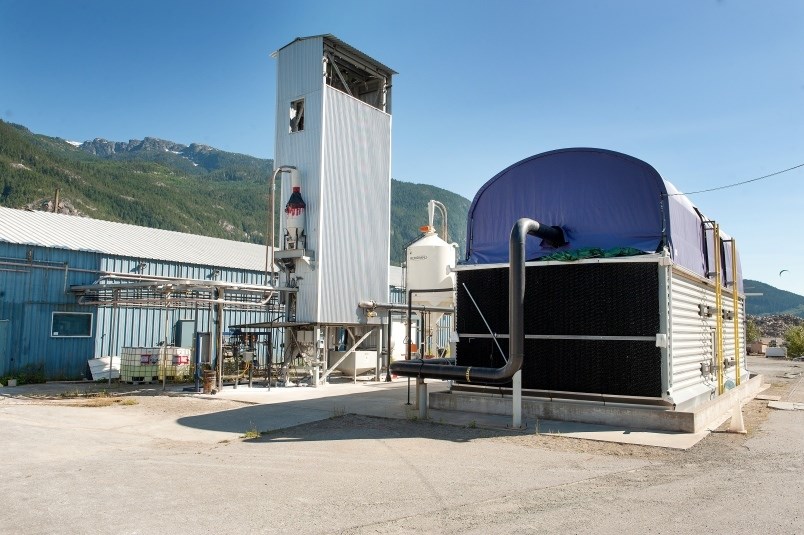A development company has been created to raise funds and deploy Carbon Engineering’s direct air capture technology, which sucks carbon dioxide from the air.
On Aug. 19, the Squamish company announced in a news release that a subsidiary of oil giant Occidental Petroleum and private equity firm Rusheen Capital Management have formed a development company called 1PointFive.
Carbon Engineering has signed a licensing agreement with 1PointFive that would enable the commercial development of what it calls the world’s largest direct air capture facility.
According to the release, this is a first step toward delivering the technology on an industrial scale throughout the United States.
“The Carbon Engineering business model is to license our technology to developers around the world to enable rapid and widespread global deployment of DAC [direct air capture] technology,” said Steve Oldham, Carbon Engineering’s CEO in the release.
“This partnership marks Carbon Engineering’s first licensing agreement in the U.S. and is a critical next step in the commercialization of DAC technology. It will prove the technology at large, climate-relevant scale, validate the cost, and demonstrate that DAC is now a feasible, available and affordable tool that can be added to the global climate toolkit. It will also allow Carbon Engineering to grow and meet the increasing demand for carbon removal from the private and public sectors. We are looking to replicate this licensing model in other markets around the world so we can deploy DAC as quickly and broadly as possible, and start to make a meaningful impact on the huge climate challenge.”
The 100-acre facility is expected to be built in the Permian Basin, an oil-rich area in the southwestern United States. Construction is anticipated to start in 2022.
Carbon Engineering says that carbon dioxide captured at the facility will be used in lower-carbon oil production, which permanently stores CO2 as part of the process.
The operations will also include geologic sequestration, which essentially buries carbon dioxide in the earth.




